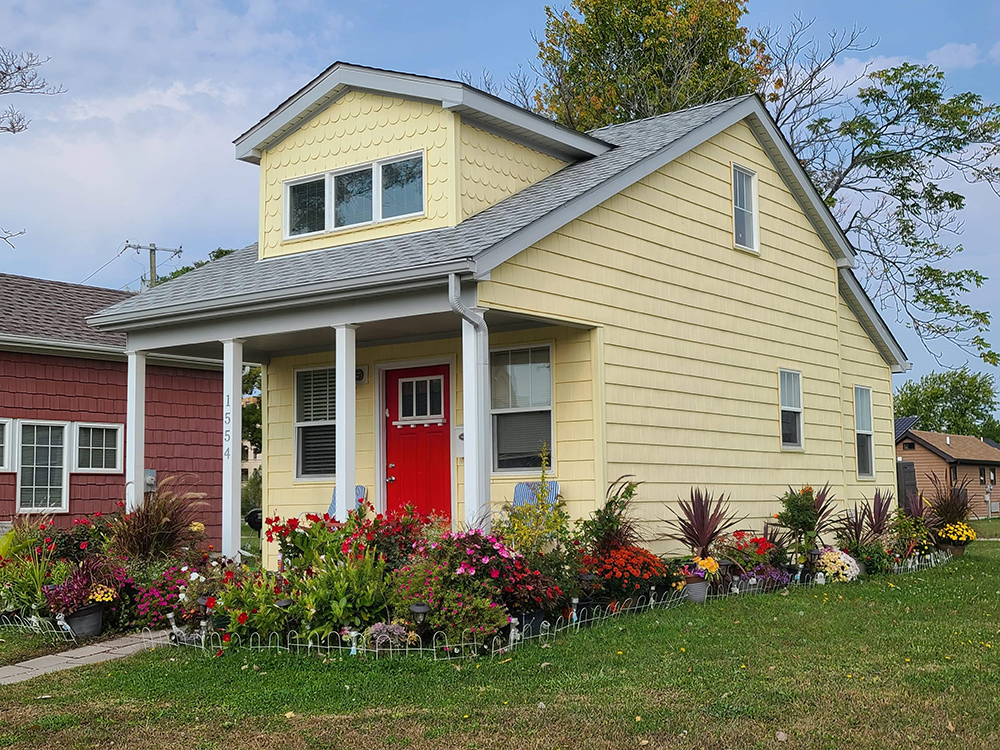By Will Fairless
Associate Editor
One potential source of low-income housing in Opelika could be tiny houses if the city’s zoning code changes to allow for them.
Opelika business owner Emily Key is pushing for this legislative change. She said that residents can’t currently build a tiny house in Opelika, much less a “tiny house village” (a group of tiny houses in a small area, one that might otherwise accommodate one or two larger houses), because of rules dictating the minimum size of residential houses. Current city ordinances only allow houses that are greater than 800 square feet.
“Bigger is not always better, and living tiny does not mean living less,” Key said. “For someone who just wants one bedroom and one bathroom, 800 feet is massive.”
Affordable rent is an important part of Key’s plan.
“My plan is specifically to create houses that are affordable for people who are on fixed income,” Key said. “They’re only making 800, 900 dollars a month from the government, and the cheapest thing they’re going to be able to rent is 500, 600 dollars.”
The tiny houses that would be available for that budget typically have between 250 and 400 square feet each, according to Key. And rent is not the only thing that costs less for a tiny house; less space means less spent on heating and cooling, cleaning and electrical bills.
There are currently two classifications of tiny houses. One is a tiny house on wheels (THOW), which gets labelled technically as an RV. Key explained that they’re much sturdier than RVs; they’re scaled down versions of regular houses that have been made into homes and that just happen to be on wheels. They’re not recreational vehicles that are used for weekend trips. She built her first THOW in 2014 but was unable to live in due to the city’s ordinance. The other classification of tiny houses is houses built on a foundation the same as a larger home would be.
Key foresees a new residential zone (a sixth added to Opelika’s R1-5) that would accommodate the building of tiny house villages. “The community itself would have a parking area up front, and then you would enter the property through something like a community building, which would have a larger kitchen and dining area,” Key said.
The community would ideally be much more than a trailer park and much more than a group of people living in close proximity. Key explained part of her vision: “It also promotes outdoor recreation… I want to have grills available for people to cook out. And if I look out the window and see you’ve got the grill going, I might walk out there with my pack of hotdogs and throw them on the grill, then we’re talking, and we’ll sit down at the picnic table and eat together.”
Tiny house villages, or similar concepts at least, have been successfully implemented in cities around the U.S. The first step is to get tiny houses defined in the city’s legislation. Key attended the Oct. 27 planning commission meeting to start the conversation about adding a new category for homes under 400 square feet.
“It’s not really about what I’m trying to do,” Key said. “What we have to do right now is convince our lawmakers why tiny houses are important and why they would make Opelika a better place to live.”

